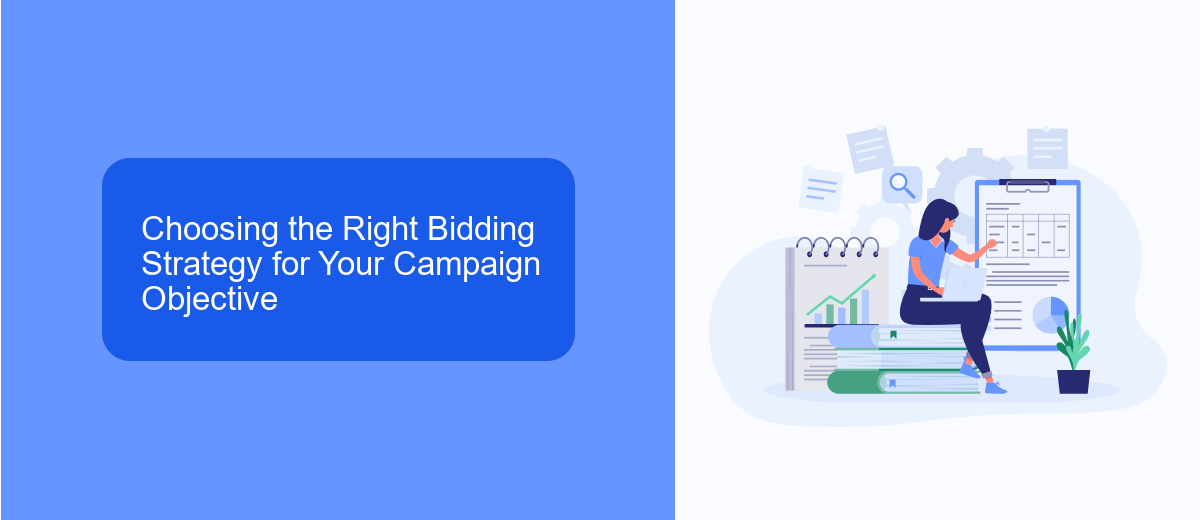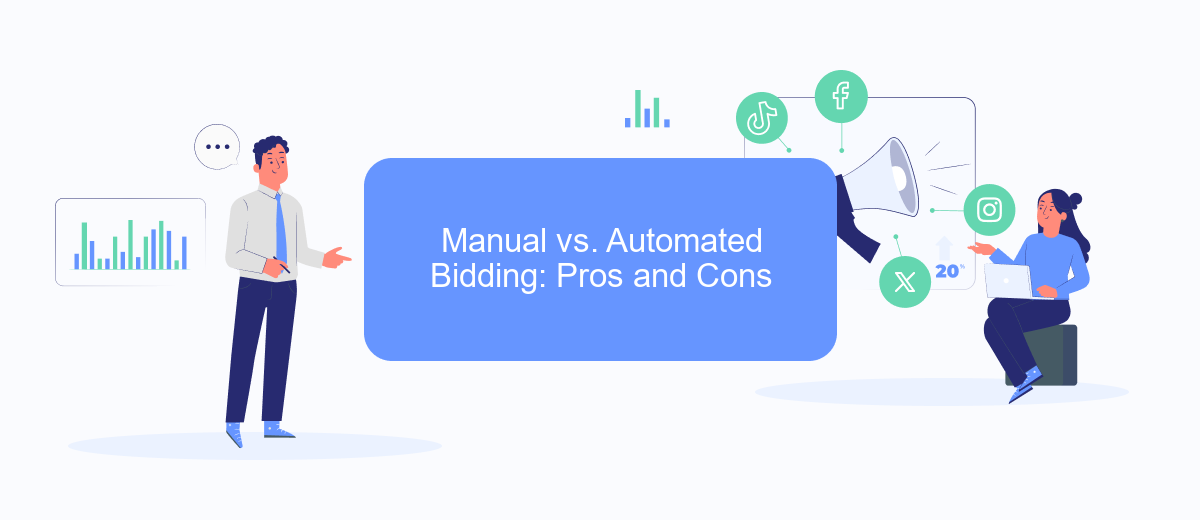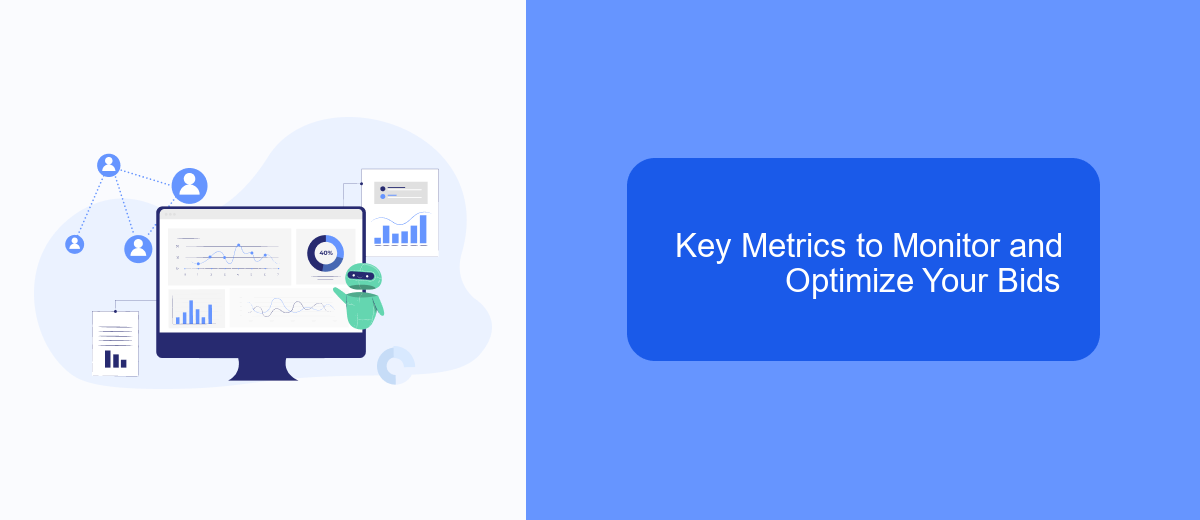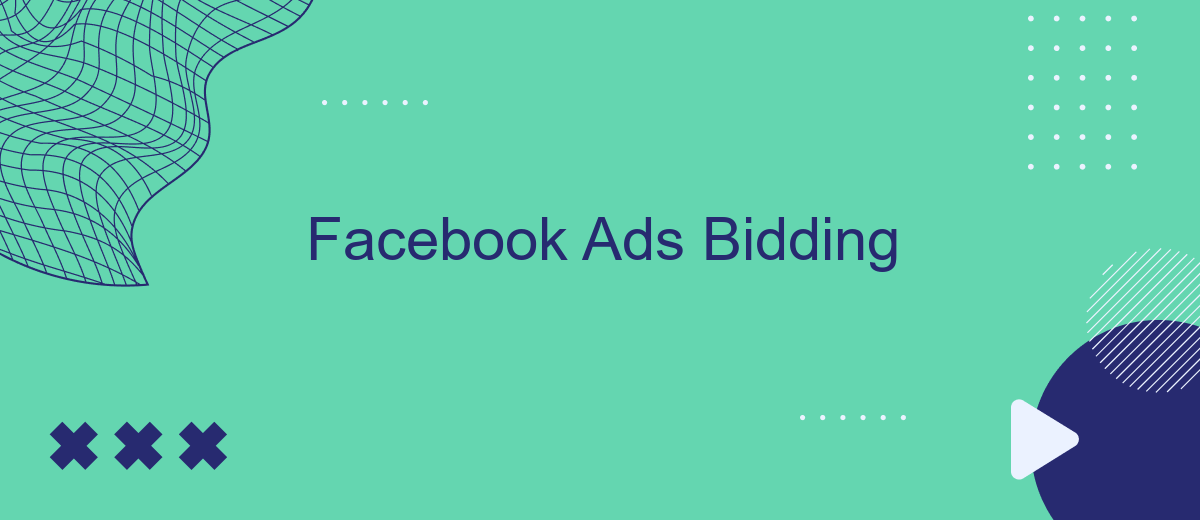Facebook Ads Bidding is a crucial component of any successful social media marketing strategy. By understanding how the bidding process works, businesses can optimize their ad spend to reach the right audience at the right time. This article explores the various bidding options available, offering insights into how to choose the best strategy to maximize ROI and achieve your advertising goals on the platform.
Understanding Facebook Ads Bidding Strategies
Facebook Ads bidding strategies are crucial for optimizing ad spend and achieving campaign goals. Understanding these strategies helps advertisers efficiently allocate their budget while maximizing return on investment. Facebook provides various bidding options, allowing advertisers to tailor their approach based on specific objectives, such as increasing website traffic, generating leads, or boosting brand awareness.
- Lowest Cost: This strategy aims to get the most results possible while spending the entire budget. It's ideal for advertisers with a fixed budget who want to maximize the number of conversions or clicks.
- Cost Cap: Advertisers set a maximum cost per action. This strategy is useful for maintaining cost efficiency while scaling campaigns.
- Bid Cap: This allows advertisers to set a maximum bid for auctions, providing more control over bid amounts, but may result in fewer results if the cap is too low.
- Target Cost: This strategy helps achieve a stable average cost per action, balancing volume and cost predictability.
Choosing the right bidding strategy depends on campaign objectives, budget constraints, and desired outcomes. Advertisers should regularly review performance metrics and adjust strategies as needed to ensure optimal results. By understanding and leveraging these bidding strategies, businesses can enhance their advertising efforts on Facebook.
Choosing the Right Bidding Strategy for Your Campaign Objective

Choosing the right bidding strategy for your Facebook Ads campaign is crucial for achieving your marketing objectives. Start by identifying your primary goal, whether it's brand awareness, lead generation, or conversions. For brand awareness, consider using the "Reach" or "Brand Awareness" bidding strategies to maximize exposure. If lead generation is your focus, opt for the "Lead Generation" strategy to target users more likely to engage with your ads. For conversion-driven campaigns, the "Conversions" or "Value" bidding strategies are ideal, as they optimize for actions that drive sales or other valuable outcomes.
It's also important to consider the integration of tools that can enhance your campaign's effectiveness. Services like SaveMyLeads can automate the process of capturing and managing leads from your ads, ensuring that valuable data is seamlessly transferred to your CRM or other platforms. This not only saves time but also helps maintain the momentum of your campaigns by quickly acting on new leads. By aligning your bidding strategy with your campaign objectives and leveraging integration tools, you can optimize your Facebook Ads for better results.
Manual vs. Automated Bidding: Pros and Cons

When it comes to Facebook Ads, choosing between manual and automated bidding can significantly impact your campaign's success. Manual bidding allows advertisers to have more control over their bids, enabling them to set specific bid amounts for different ad placements and audiences. On the other hand, automated bidding relies on Facebook's algorithms to optimize bids for the best results, saving time and potentially improving performance.
- Manual Bidding Pros: Greater control over bid amounts; tailored strategies for specific goals.
- Manual Bidding Cons: Time-consuming; requires constant monitoring and adjustments.
- Automated Bidding Pros: Saves time; uses data-driven algorithms for optimization.
- Automated Bidding Cons: Less control over individual bid strategies; depends on Facebook's algorithms.
Ultimately, the choice between manual and automated bidding depends on your campaign goals, budget, and available resources. For advertisers seeking precise control and willing to invest time in managing bids, manual bidding may be the better option. Conversely, those looking to streamline their advertising efforts and leverage Facebook's optimization capabilities might prefer automated bidding. Consider testing both methods to determine which yields the best results for your specific needs.
Key Metrics to Monitor and Optimize Your Bids

When managing Facebook Ads, understanding and optimizing key metrics is crucial for maximizing your return on investment. By closely monitoring these metrics, advertisers can make informed decisions to adjust their bidding strategies and enhance campaign performance.
One of the primary metrics to focus on is the Click-Through Rate (CTR), which indicates how compelling your ads are to your target audience. A higher CTR often signals effective ad copy and visuals. Additionally, monitoring the Cost Per Click (CPC) helps in assessing the cost-efficiency of your campaigns and ensuring you are not overspending for user engagement.
- Conversion Rate: Measures the percentage of users completing a desired action, crucial for evaluating ad effectiveness.
- Cost Per Conversion: Determines how much you are spending on each conversion, helping to manage budget allocation.
- Return on Ad Spend (ROAS): Indicates the revenue generated for every dollar spent on ads, essential for profitability analysis.
Regularly analyzing these metrics allows advertisers to refine their bidding strategies, ensuring that ad spend is directed towards the most effective campaigns. By optimizing these key performance indicators, businesses can achieve better outcomes and drive growth through Facebook Ads.


Advanced Bidding Tactics and Best Practices
To excel in Facebook Ads bidding, it's crucial to adopt advanced tactics that enhance your campaign's performance. One effective strategy is to implement automated rules, which allow you to set specific conditions that adjust your bids in real-time based on performance metrics. This ensures that your budget is allocated efficiently, maximizing ROI. Additionally, experimenting with bid strategies such as Cost Cap or Target Cost can help you maintain control over your costs while achieving desired results. These strategies enable you to focus on acquiring conversions at a predictable cost, making your ad spend more efficient.
Incorporating data-driven insights is another best practice for advanced bidding. Utilize tools like Facebook's A/B testing to identify which ad creatives and audiences perform best. Integrating external services like SaveMyLeads can streamline this process by automatically transferring lead data from Facebook Ads to your CRM, ensuring timely follow-ups and improved conversion rates. By leveraging these tactics and tools, you can optimize your bidding strategy, reduce wasteful spending, and achieve better outcomes for your campaigns.
FAQ
What is Facebook Ads Bidding?
How does Facebook determine which ad wins the auction?
What are the different bidding strategies available on Facebook?
How can I automate my Facebook Ads Bidding process?
Why is my Facebook ad not delivering?
Use the SaveMyLeads service to improve the speed and quality of your Facebook lead processing. You do not need to regularly check the advertising account and download the CSV file. Get leads quickly and in a convenient format. Using the SML online connector, you can set up automatic transfer of leads from Facebook to various services: CRM systems, instant messengers, task managers, email services, etc. Automate the data transfer process, save time and improve customer service.
